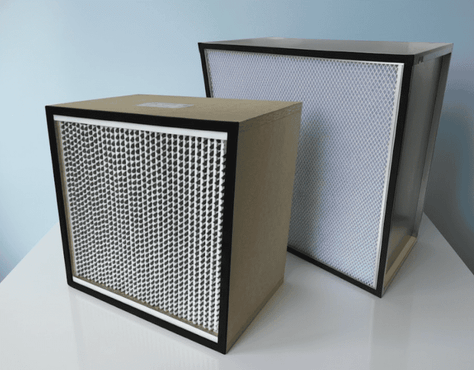Posted by Spycor LLC on Oct 30th 2025
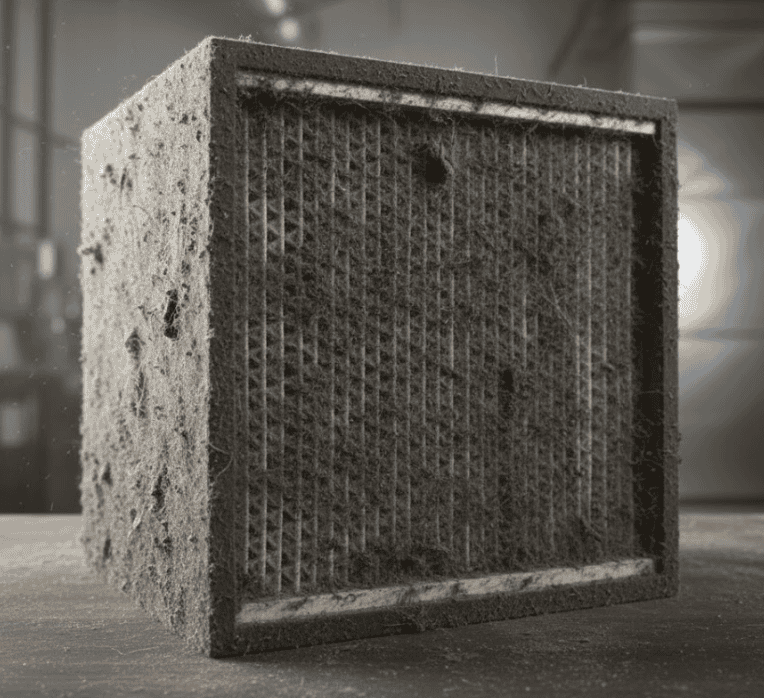
Clogged HEPA filters are silently sabotaging your HVAC system, spiking energy bills by 15% and letting allergens like dust mites and pollen recirculate through your vents. If you're a homeowner or facility manager staring at a dusty filter and wondering "which replacement HEPA filter do I need for my unit?", this guide cuts through the confusion. We'll walk you through sizing, efficiency ratings, and compatibility for Glasfloss and Koch Biomax models—the go-to brands for reliable HVAC upgrades. With costs from $100-350 and lifespans of 6-12 months, find the perfect drop-in replacement that restores airflow, cuts odors, and keeps your air clean. Ready to buy and breathe easier? Let's match the best HEPA filter replacement to your system before the next allergy season hits.
Signs It's Time for a HEPA Filter
Replacement: Don't Ignore These Red
Flags
You might think your HVAC is humming along fine, but a worn HEPA filter is a silent killer for efficiency and air quality. According to ASHRAE, a clogged filter increases energy use by up to 15%, forcing your blower to work overtime and shortening system life. Common signs? Reduced airflow from vents (weaker cooling/heating), higher utility bills (20-30% spike), or musty odors signaling trapped mold spores. For allergy sufferers, expect more sneezing—EPA data shows dirty filters recirculate 50% more particulates, worsening asthma triggers.
In commercial setups like offices, OSHA violations loom if fumes escape; residential users notice dust buildup on surfaces faster. Frequency matters: Replace every 6-12 months in homes (3-6 for high-dust areas), per Consumer Reports. Check pressure drop—if it exceeds 0.5 inches w.g., swap it out. Pro tip: Use a manometer ($20 tool) for precise monitoring. Ignoring this? You're risking $500+ in repairs. Time to buy a fresh one and reclaim your clean air.
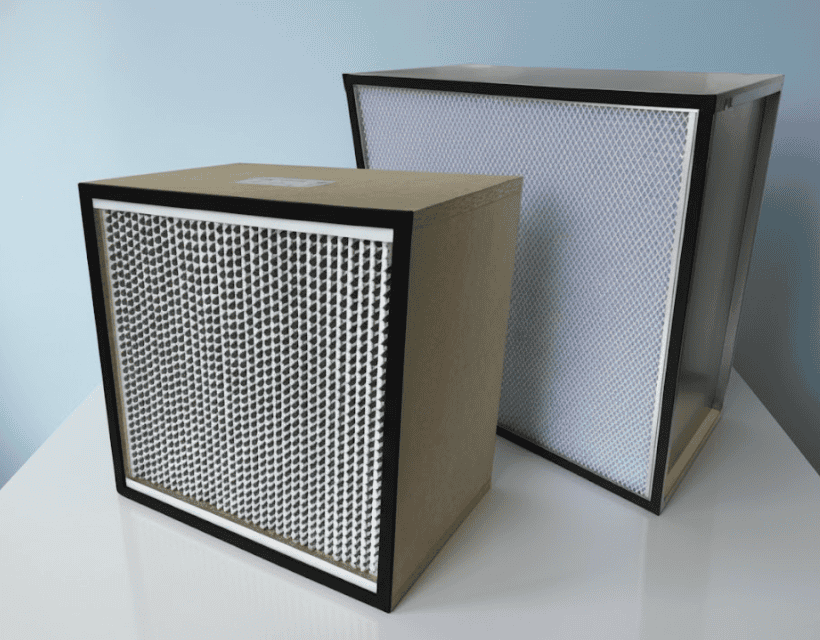
Sizing Your Replacement HEPA Filter:
Match Dimensions for Seamless HVAC Fit
Nothing frustrates more than a HEPA filter that doesn't slide into your HVAC track—it's the #1 reason for botched replacements. Start by measuring your current filter: Width x Height x Depth (e.g., 24x24x12 inches is standard for many residential units). Glasfloss Magna Series offers exact OEM sizes, while Koch Biomax provides custom cuts for non-standard ducts—vital for older systems or retrofits.
Why size matters: A loose fit causes bypass (dirty air sneaking past), dropping efficiency by 20-30%, per DOE studies. For commercial HVAC, confirm CFM rating—your filter must handle 1,000-3,000 CFM without restricting flow. Quick hack: Snap a photo of your old filter's label (size, MERV/HEPA rating) before disposal. At Spycor.com, search by dimensions for instant matches—Glasfloss wood-frame at $150 fits 95% of home units; Koch Biomax gel-seal ($250) seals tight in high-velocity commercial blowers.
Hook: Bulk buys save 20%—stock up for seasonal changes and avoid last-minute rushes when pollen peaks.
Efficiency Ratings for HEPA Filter
Replacements: 99.97% True HEPA vs.
"HEPA-Type" Traps
Not all "HEPA" labels are created equal—fall for "HEPA-type" and you'll get 80-90% capture, not the gold-standard 99.97% at 0.3 microns. True HEPA (H13/H14) mechanically traps particles via pleats, maintaining efficiency over time, unlike electrostatic "types" that fade after 3 months in humid air. For HVAC replacements, aim for H13: Glasfloss Magna traps pollen and pet dander without airflow loss, while Koch Biomax H14 (99.99%) excels in factories for fume control.
From Wirecutter tests, true HEPA cuts indoor allergens by 70% vs. MERV 13 (75-95% capture). Cost trade-off? True models run $150-300 but last 12 months; cheap fakes ($50) clog in 3-6. For allergies, pair with carbon pre-filters ($20) to neutralize odors. Commercial buyers: Verify UL 900 Class 1 for fire safety. Bottom line: Pay for true HEPA—your lungs and energy bill thank you.
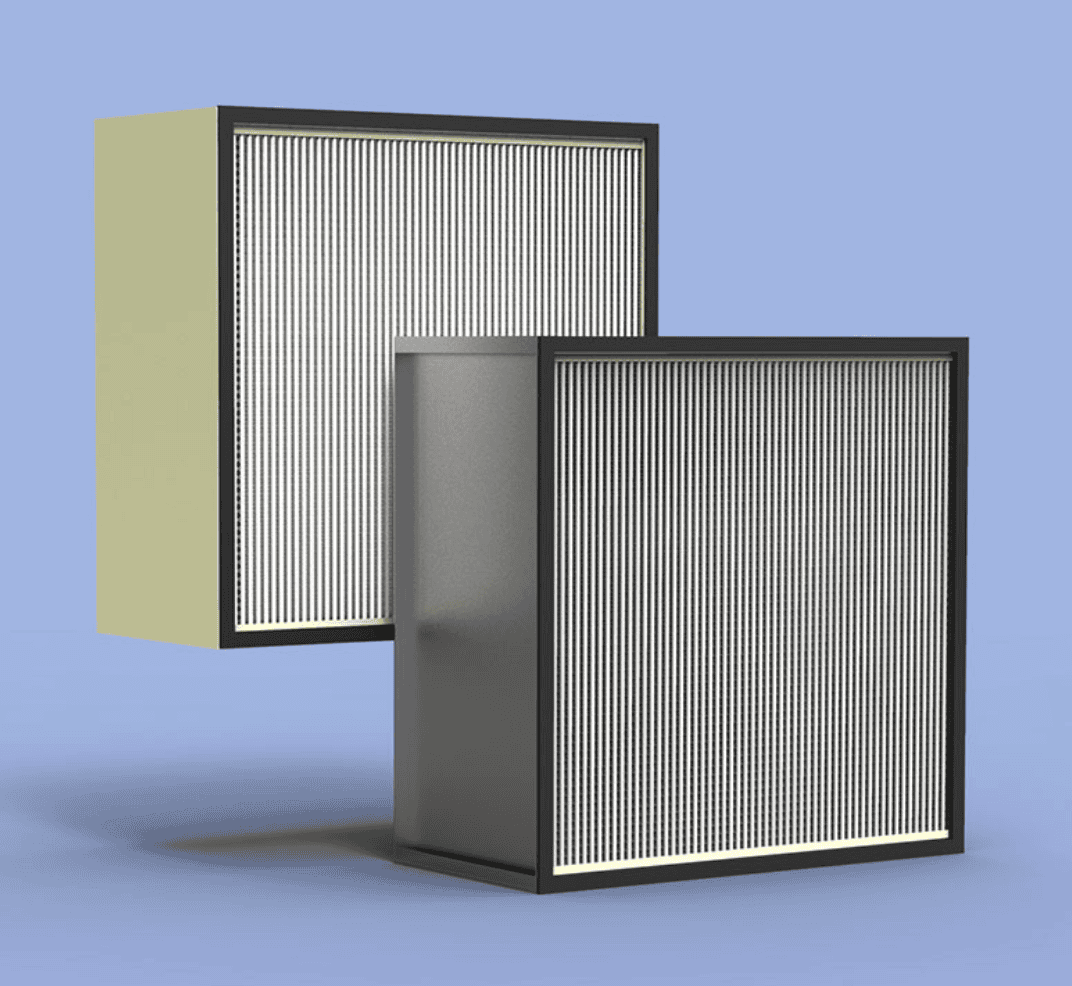
Frame Types for HEPA Filter
Replacements: Wood vs. Metal for Your
HVAC Demands
Frame choice dictates longevity—wood for budget home HVAC ($100-150), metal for industrial durability ($200-350). Glasfloss wood-frame Magna is lightweight (easy swap) and recyclable, ideal for dry offices where corrosion isn't an issue. But in humid factories or coastal homes, Koch Biomax's galvanized metal frame resists rust, extending life by 50% in wet conditions.
Per NIOSH, metal frames prevent frame collapse under high dust loads, avoiding $200 emergency replacements. Sealing matters too: Knife-edge or gel-seal options (Koch specialty) eliminate 100% bypass. For HVAC with high static pressure, test compatibility—metal adds slight resistance but boosts airflow stability. User tip: Inspect tracks for rust before installing; mismatched frames cause 30% of install fails.
When to Replace Your HEPA Filter: Frequency, Cost, and Signs for HVAC Owners
Replace every 6-12 months? It depends on your air—pets or construction dust mean quarterly swaps ($100-200 cost), while low-use homes stretch to yearly ($150 average). Consumer Reports pegs average lifespan at 8 months; monitor via HVAC gauges for 0.5-inch w.g. rise. Signs: Whistling vents (restriction), uneven temps, or rising bills ($50/month extra).
Cost breakdown: Glasfloss Magna $150 (6 months, $25/month effective); Koch Biomax $250 (12 months, $21/month). Bulk packs drop to $120/unit. ROI: Fresh filters save 10-15% on energy ($100/year) and cut allergies (fewer doctor visits). Pro hack: Set calendar reminders post-install—your HVAC runs 20% cooler with timely changes.
Top Picks: Glasfloss Magna vs. Koch Biomax HEPA Filter Replacements for HVAC
Narrowing to two winners: Glasfloss Magna for versatile home/office use—99.97% efficiency, wood/metal frames, $150-250, fits 24x24x12 standards. Koch Biomax for pro-grade: 99.99% H14 option, gel-seal, $200-300, handles 2,500 CFM in factories.
| Filter | Efficiency | Frame | Size | Cost | Lifespan | Best For |
|---|---|---|---|---|---|---|
| Glasfloss Magna | 99.97% | Wood/Metal | 24x24x12 | $150-250 | 6-12 mo | Homes/Offices |
| Koch Biomax | 99.99% | Metal/Gel | 24x24x12 | $200-300 | 9-15 mo | Factories/Cleanrooms |
Glasfloss for budget; Biomax for precision. Both ship fast from Spycor.com.
Installation Guide: Swapping Your HEPA Filter Replacement in Minutes
DIY in 10 minutes: Power off HVAC, open panel, slide out old (note arrow), clean tracks, insert new (arrow downstream), close, test. Tools: None beyond gloves. For tight spaces, use a flashlight. Post-install, run fan 30 minutes to settle.
Maintenance After Replacement: Extend Your HEPA Filter's Life
Vacuum pre-filters monthly; avoid washing HEPA. Track via app for reminders. Clean ducts yearly for 20% better performance.
Click Here to choose the right HEPA filter replacement restores your HVAC's power and purity. Glasfloss and Koch Biomax deliver—buy today for cleaner air.
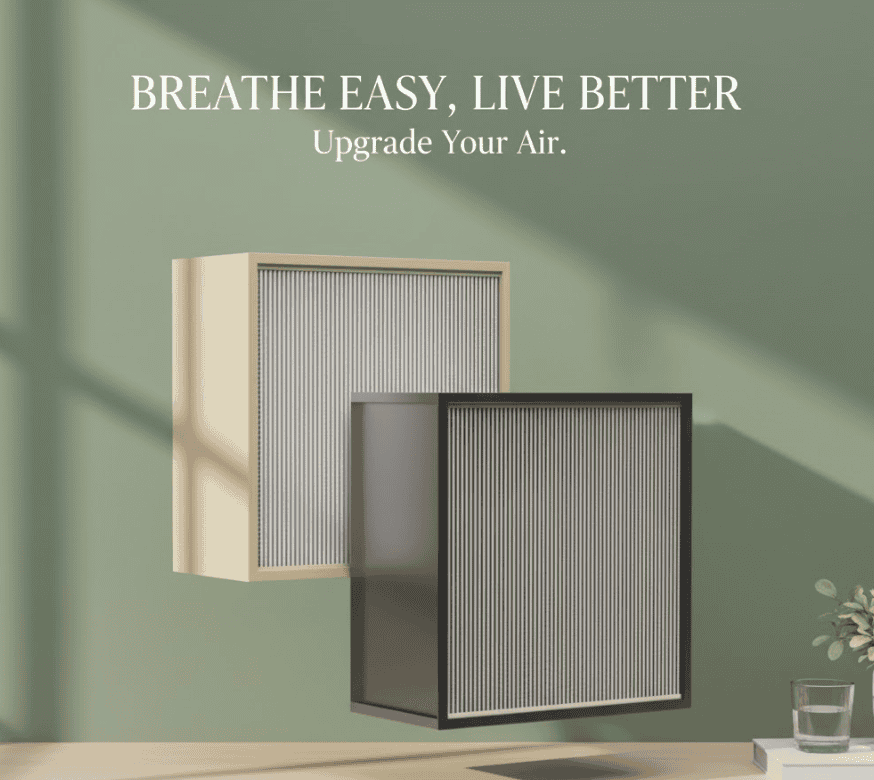
FAQ: Quick Answers on Choosing and
Replacing HEPA Filters for HVAC
How do I know if my HVAC needs a true HEPA replacement?
If airflow drops or bills rise, opt for 99.97% H13 like Glasfloss Magna—check size first.
What's the average cost of a HEPA filter replacement?
$100-350; Glasfloss at $150 for homes, Koch Biomax $250 for commercial.
How often replace HEPA filter in HVAC?
6-12 months; quarterly in dusty homes—monitor pressure drop.
Wood or metal frame for HEPA replacement?
Wood for dry HVAC ($150 Glasfloss); metal for humid ($200+ Koch Biomax).
Does HEPA replacement fit all HVAC sizes?
Standard 24x24x12 yes; custom from Spycor.com for others.
Where to buy Glasfloss/Koch Biomax HEPA replacements?
Spycor.com—fast shipping, bulk deals.

